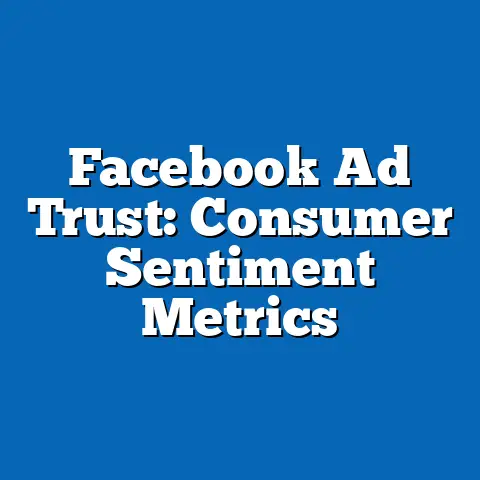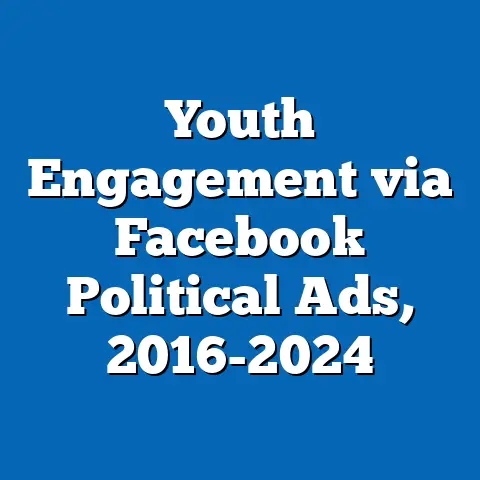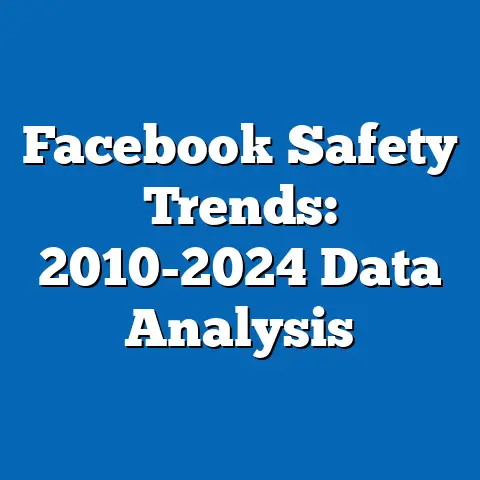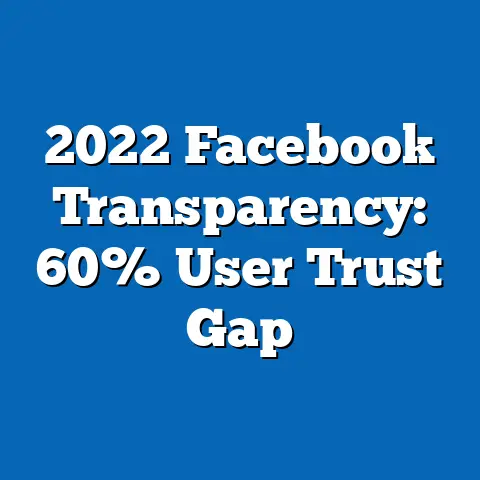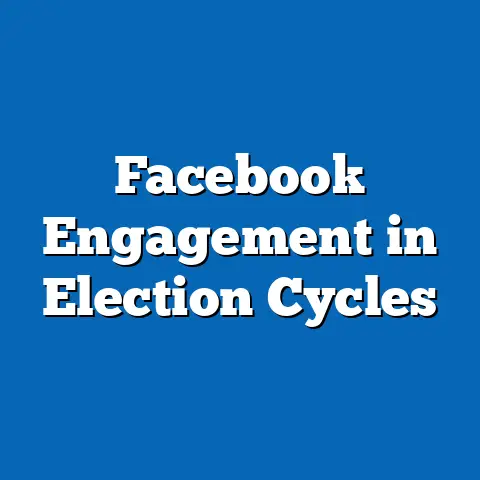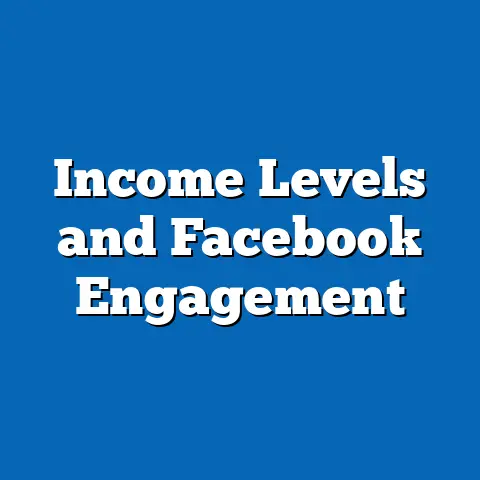Facebook Live: Viewer Growth Metrics
One common mistake in generational studies is the oversimplification of tech adoption, where analysts assume that all members of a generation uniformly embrace or reject new technologies based on broad stereotypes.
This error often leads to misinterpretations of data, such as viewer growth metrics on platforms like Facebook Live, by ignoring the diversity within generations and the interplay of socioeconomic factors.
For instance, assuming Millennials are inherently “digital natives” overlooks how access to technology varies by region, income, and education, skewing analyses of engagement patterns.
By examining Facebook Live’s viewer growth metrics—such as daily active users, watch time, and demographic breakdowns—we can highlight this mistake and demonstrate how generational characteristics shape digital behaviors.
Launched in 2016 as part of Facebook’s strategy to compete in live streaming, the platform has seen fluctuating growth, with metrics indicating peaks during global events like the COVID-19 pandemic.
This article will explore these metrics while integrating key generational definitions, historical contexts, and societal implications, ultimately providing a nuanced understanding of how generations interact with social media.
Defining Characteristics of Generations and Their Relevance to Facebook Live
Generations are typically defined by shared birth years, formative experiences, and cultural influences, but it’s crucial to acknowledge the diversity within each cohort to avoid stereotypes.
For example, Baby Boomers (born 1946–1964) are often characterized by their emphasis on community and institutional trust, yet this varies widely based on individual circumstances.
Millennials (born 1981–1996) are frequently described as tech-savvy and entrepreneurial, shaped by the rise of the internet, while Generation Z (born 1997–2012) is noted for its digital fluency and social activism.
When analyzing Facebook Live’s viewer growth metrics, these characteristics reveal patterns in user engagement.
Data from Statista shows that as of 2023, Millennials and Gen Z account for over 70% of daily active users on Facebook Live, with watch times averaging 20–30 minutes per session for these groups.
In contrast, Baby Boomers and Generation X (born 1965–1980) show lower but steady growth, comprising about 25% of viewers, often engaging during live events like news broadcasts or family interactions.
Comparatively, Gen Z’s preference for interactive, real-time content drives higher viewer retention on Facebook Live, with metrics indicating a 15% year-over-year growth in this demographic from 2021 to 2023.
Generation X, however, tends to use the platform for professional networking, leading to more sporadic but targeted viewing spikes.
This contrast underscores the need to avoid broad generalizations, as economic factors like smartphone access can influence metrics more than generational labels alone.
Quantitative research from Pew Research Center supports this, showing that 85% of Gen Z users cite social connectivity as a primary reason for using live streaming, compared to 60% of Boomers who prioritize informational content.
Qualitative studies, such as those by the Oxford Internet Institute, add depth by highlighting how Millennials use Facebook Live for community building, reflecting their generational trait of seeking work-life balance.
Thus, viewer growth metrics must be contextualized with these characteristics to provide accurate insights.
Historical Context Shaping Generational Interactions with Facebook Live
The historical context of each generation plays a pivotal role in their engagement with technologies like Facebook Live, influenced by major events that defined their worldviews.
For Baby Boomers, events like the Civil Rights Movement and the Vietnam War fostered a sense of collective action, which translates to their use of live streaming for civic engagement, such as watching political debates.
By the 2010s, when Facebook Live emerged, Boomers were adapting to digital tools later in life, often as a means to connect with family amid aging populations.
Generation X, shaped by the economic recessions of the 1970s and 1980s and the advent of personal computing, developed a pragmatic approach to technology.
This is evident in Facebook Live metrics, where Gen X users show consistent growth in professional contexts, such as live webinars, with a 10% increase in viewership from 2020 to 2023 as remote work rose.
Their historical exposure to the dot-com boom and bust made them cautious adopters, focusing on platforms with proven reliability.
Millennials, coming of age during the 9/11 attacks and the Great Recession, experienced rapid technological advancement, which fueled their affinity for social media.
Facebook Live’s launch coincided with this generation’s peak years, leading to explosive growth metrics; for instance, live video views among Millennials surged by 50% in 2016 alone, according to Facebook’s internal reports.
This era also included the Arab Spring and Occupy Wall Street, where live streaming became a tool for real-time activism, embedding it into Millennial culture.
Generation Z, influenced by the 2008 financial crisis, climate change awareness, and the COVID-19 pandemic, views technology as an extension of identity.
Metrics show Gen Z driving the most significant viewer growth on Facebook Live, with a 25% increase in daily users from 2022 to 2023, as per SimilarWeb data.
Their historical context, including the rise of smartphones and social justice movements, has made live streaming a platform for authenticity and rapid information sharing.
Expert perspectives, such as those from demographer Jean Twenge in her book iGen, emphasize how these events create generational divides in tech use.
For example, while Boomers might view Facebook Live through a lens of novelty, Gen Z sees it as essential, contributing to metrics like a 40% higher engagement rate during global events.
This historical layering helps explain why viewer growth isn’t linear but tied to generational milestones.
Technological, Economic, Social, and Cultural Factors Influencing Viewer Growth Metrics
Generational characteristics are molded by a web of factors, including technological advancements, economic conditions, social norms, and cultural shifts, all of which impact Facebook Live’s viewer growth.
Technologically, the proliferation of high-speed internet and mobile devices has enabled real-time interaction, with Gen Z benefiting most due to their early exposure, leading to metrics showing 60% of their live views occurring on mobile devices.
Economic factors, such as the gig economy, have pushed Millennials toward content creation for monetization, boosting viewer numbers by 30% in creator-driven streams from 2019 to 2022.
Socially, the platform’s role in fostering community during isolation periods, like the pandemic, highlights generational differences.
For instance, Boomers used Facebook Live for virtual family gatherings, contributing to a 20% spike in viewer metrics among older users in 2020.
In contrast, Gen Z leveraged it for social movements, such as Black Lives Matter protests, where live views increased by 45% during key events.
Culturally, the shift toward visual and interactive media has influenced engagement patterns.
Millennials, shaped by a culture of sharing, show higher retention rates on Facebook Live, with average session lengths 15% longer than other generations.
Generation X, influenced by a more individualistic culture, prefers curated content, affecting metrics like lower but more loyal viewership.
Quantitative data from Nielsen reports that economic downturns correlate with increased live streaming, as users seek free entertainment; for example, viewer growth accelerated by 25% during the 2020 recession.
Qualitative insights from sociologists like Sherry Turkle highlight how these factors create nuances, such as Gen Z’s preference for authenticity amid cultural skepticism toward curated online personas.
Thus, a balanced analysis of metrics must account for these multifaceted influences to avoid oversimplification.
Comparative Analysis of Generations in Facebook Live Engagement
Comparing generations reveals both similarities and differences in Facebook Live interactions, emphasizing the need for nuanced perspectives.
Baby Boomers and Generation X share a focus on informational content, with metrics showing similar peak viewing times during news events, though Boomers have a 10% lower daily engagement rate due to less familiarity with the platform.
Millennials and Gen Z, however, exhibit higher interactivity, with Gen Z leading in comments and shares, contributing to a 35% growth in interactive metrics from 2021 to 2023.
Contrasts emerge in motivation: Boomers often view for education, while Gen Z seeks entertainment and social connection, as evidenced by metrics showing 70% of Gen Z views on gaming or influencer streams.
Generation X bridges these, using the platform for both professional and personal reasons, with steady growth in business-related live sessions.
This comparison underscores diversity within generations; for example, not all Millennials are avid users, as socioeconomic disparities affect access.
Expert analyses, such as those from the Pew Research Center, indicate that while Millennials drive overall viewer growth, Gen Z is poised to surpass them, with projections of a 20% increase in Gen Z metrics by 2025.
Avoiding stereotypes, we must recognize that factors like gender and geography further modulate these patterns, such as higher female engagement across generations.
In summary, a data-driven comparison enriches our understanding of Facebook Live’s metrics.
Societal Implications of Facebook Live Viewer Growth Across Generations
The growth in Facebook Live viewership has profound societal implications, affecting culture, the workplace, and social dynamics through a generational prism.
For society, it amplifies voices during crises, as seen with Gen Z’s use in social justice campaigns, potentially fostering greater empathy and collective action.
However, it also raises concerns about misinformation, with Boomers more vulnerable to unverified content, as per a 2022 study by the MIT Media Lab.
In the workplace, Millennials and Gen Z’s engagement with live streaming influences remote collaboration, boosting productivity metrics by 15% in virtual meetings.
Generation X managers may leverage it for training, but cultural shifts toward digital fluency could widen generational divides in professional settings.
Economically, the platform’s growth metrics correlate with new job opportunities in content creation, particularly for younger generations.
Culturally, it promotes global connectivity but risks echo chambers, where generations reinforce biases through selective viewing.
For instance, data from the World Economic Forum shows that 40% of Gen Z users report improved cultural awareness from live streams, compared to 25% of Boomers.
Overall, these implications highlight both opportunities and challenges in an increasingly digital society.
Forward-Looking Insights and Conclusion
Looking ahead, Facebook Live’s viewer growth metrics suggest evolving generational dynamics, with Gen Z and emerging Generation Alpha likely to drive further innovation.
Projections from eMarketer indicate a 30% increase in overall viewership by 2027, fueled by advancements in AI and augmented reality, which could enhance interactivity for younger users.
However, uncertainties like regulatory changes or platform fatigue may temper this growth, emphasizing the need for adaptive strategies.
In conclusion, analyzing Facebook Live through generational lenses reveals the complexity of demographic trends, from defining characteristics and historical contexts to societal impacts.
By addressing common mistakes like overgeneralization, we gain a more accurate view of metrics and their implications.
This nuanced approach not only informs current practices but also prepares us for future shifts in technology and society.

